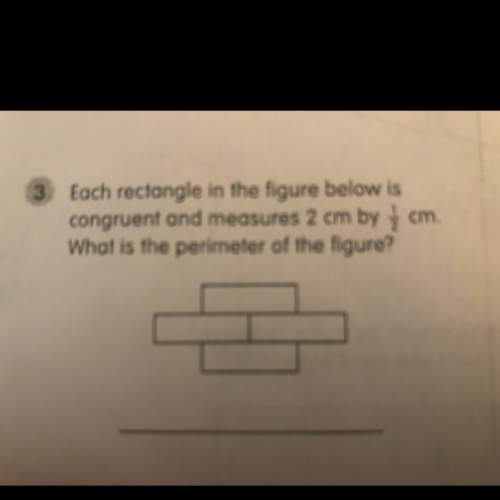
Mathematics, 04.08.2019 09:00 bcox32314
Can someone me with this statistics question? in a study of helicopter usage and patient survival, among the 52,808 patients transported by helicopter, 248 of them left the treatment center against medical advice, and the other 52,560 did not leave against medical advice. if 40 of the subjects transported by helicopter are randomly selected without replacement, what is the probability that none of them left the treatment center against medical advice?

Answers: 1


Another question on Mathematics

Mathematics, 21.06.2019 16:30
Refer to the table below if needed. second quadrant third quadrant fourth quadrant sin(1800- - cos(180° -) tan(180°-e) =- tane cot(1800-0) 10 it to solo 888 sin(180° +c) = - sine cos(180° +) =- cose tan(180° +c) = tane cot(180° +o) = cote sec(180° + c) = - seco csc(180° +2) = - csce sin(360° -) =- sine cos(360° -) = cose tan(360° - e) =- tane cot(360° -) = -cote sec(360° -) = seco csc(360° -) = csco sec(180° -) = csc(180° -) = csca 1991 given that sine = 3/5 and lies in quadrant ii, find the following value. tane
Answers: 2



Mathematics, 21.06.2019 23:30
Aprisoner is trapped in a cell containing three doors. the first door leads to a tunnel that returns him to his cell after two days of travel. the second leads to a tunnel that returns him to his cell after three days of travel. the third door leads immediately to freedom. (a) assuming that the prisoner will always select doors 1, 2 and 3 with probabili- ties 0.5,0.3,0.2 (respectively), what is the expected number of days until he reaches freedom? (b) assuming that the prisoner is always equally likely to choose among those doors that he has not used, what is the expected number of days until he reaches freedom? (in this version, if the prisoner initially tries door 1, for example, then when he returns to the cell, he will now select only from doors 2 and 3.) (c) for parts (a) and (b), find the variance of the number of days until the prisoner reaches freedom. hint for part (b): define ni to be the number of additional days the prisoner spends after initially choosing door i and returning to his cell.
Answers: 1
You know the right answer?
Can someone me with this statistics question? in a study of helicopter usage and patient surviva...
Questions


Mathematics, 17.03.2020 19:46


Geography, 17.03.2020 19:46




Biology, 17.03.2020 19:46

History, 17.03.2020 19:46

Mathematics, 17.03.2020 19:46


Social Studies, 17.03.2020 19:46

History, 17.03.2020 19:46





English, 17.03.2020 19:47

Mathematics, 17.03.2020 19:47




